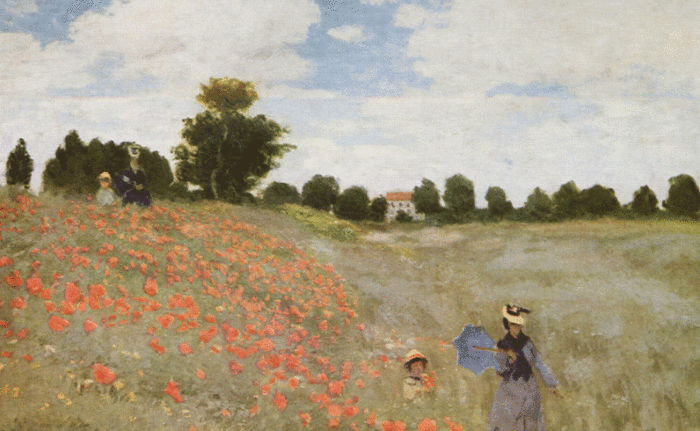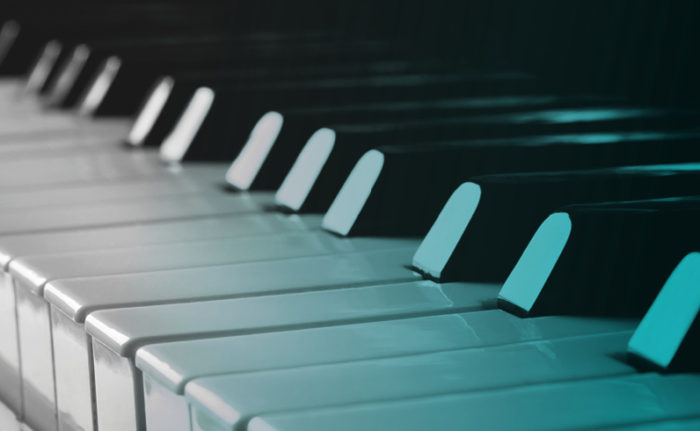On November 29, 30, and December 1, the Houston Symphony celebrates Thanksgiving with A Musical Feast: All-Strauss Thanksgiving, a program featuring four of Richard Strauss’s greatest masterpieces. In this post, discover Strauss’s Four Last Songs, perhaps the most beautiful music ever written.
In 1946, Strauss was reading the works by Joseph von Eichendorff (an early 19th century Prussian poet), when he came across Im Abendrot (At Sunset), a lyrical poem in which an old couple contemplates the end of life together. At 82 years old, Strauss was deeply affected by Eichendorff’s verses, which reminded him of his own long and happy marriage to the soprano Pauline de Anha. By 1948, he completed a musical setting of the poem for soprano and orchestra. Intending to make Im Abendrot the conclusion of his final masterpiece, Strauss planned to set four more songs to accompany it; he only lived to complete three, all to poems by his contemporary Hermann Hesse. Strauss left no indication as to the order in which the songs were to be performed (although Im Abendrot was undoubtedly last); his publisher provided the title Four Last Songs and arrived at the logical, satisfying order in which they are most often performed today. With their sophisticated orchestrations, subtle harmonies, and soaring soprano melodies, the Four Last Songs are possibly the most sensually beautiful music in the repertoire.
Each song features exquisite word painting. In the first, Frühling (Spring), the soprano’s voice rises up as she dreams of trees and sky, and the flute evokes birdsong:
https://www.youtube.com/watch?v=SDoqnjB7Um4
September paints a picture of a fading summer garden: we hear the allegorical figure of Summer shiver and laugh, and twirling, golden leaves fall from the high Acacia tree. When Summer at last falls asleep, the soprano lingers on the word “Augen” (“eyes”), paralleling the slow drifting into unconsciousness. A horn solo concludes the song.
In Beim Schlafengehen (When Going to Sleep), the celesta evokes the starry sky as the soprano yearns to forget all thoughts in slumber. A violin solo seems to lead the soul up into the heavens, and the soprano’s voice flies over the orchestra into “the magic circle of night.” Im Abendrot begins with a vivid orchestral depiction of sunset; two trilling flutes represent the poem’s pair of larks ascending into the sky (a metaphor for the souls of the old couple). The light fades as the song unfolds, until the soprano asks, “Ist dies etwa der Tod?”—“Is this perhaps death?” The orchestra responds with the transfiguration theme from Death and Transfiguration, which Strauss had written as a young man some sixty years before. The song fades away to the sound of flutes—the larks disappear into the distance.
Don’t miss A Musical Feast: All-Strauss Thanksgiving November 29, 30, and December 1! Learn more & get tickets.



